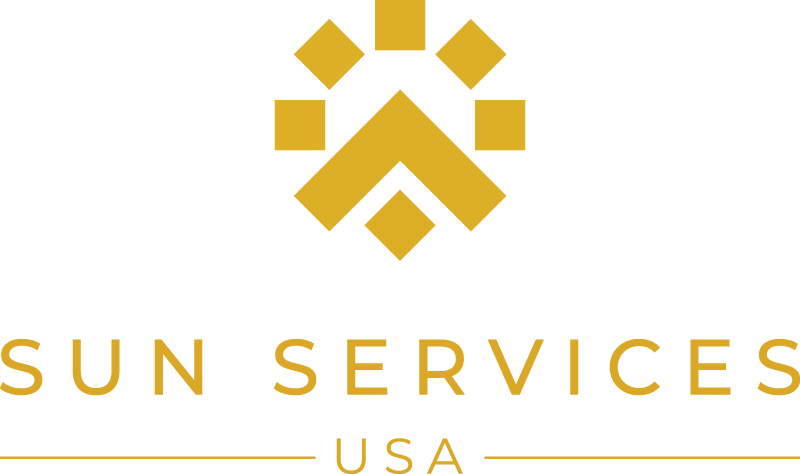Understanding Solar Financing: How to Pay for Your Solar Project
Investing in solar panel systems not only benefits the environment but also increases the value of your home. However, solar panel systems can be a significant upfront expense, costing around $25,000 excluding installation fees. Fortunately, there are different ways to pay for solar panels and reduce the initial costs.
Solar Financing Options
When it comes to solar financing, there are three main payment plans: cash purchase, solar loan, and solar lease or power purchase agreement. Each option has its advantages and disadvantages, depending on your financial situation and energy goals.
Cash Purchase
One way to pay for a solar panel system is with a cash purchase, where you pay for the system upfront. This method maximizes your savings from solar since you pay for 25 years of electricity, and you receive all of the financial incentives and rebates associated with going solar. The upfront cost is anywhere between $20,000 to $30,000.
Solar Loans
Another option is a solar loan. This allows you to own the system without a down payment, and at a lower cost than your current electricity bill, especially if you have good credit. You can choose to take out a personal loan, which usually has fixed interest rates and no origination fees, or a home equity loan or line of credit, which offers fixed interest rates and tax-deductible options, but is only suitable for a small subset of lenders.
The interest rate can vary based on several factors such as the lender, the credit score of the borrower, and the loan term. Typically, interest rates are around 3% to 8%, so it’s important to shop around and compare offers from different lenders to get the best interest rate and terms.
With a solar loan, you are eligible for any rebates and incentives, but you are also responsible for any future maintenance of the system
Solar Leases and PPAs
Solar leases and power purchase agreements (PPAs) are a method of third-party ownership, wherein a third-party owner installs solar panels at your property and sells you the electricity produced by the solar panels at a predetermined rate.
The main drawback of solar leases and PPAs is that you are not eligible for rebates and incentives because the third party owns the system. This option is suitable for homeowners who cannot pay for a solar panel system upfront and do not qualify for a solar loan.
Financial Incentives
To make your solar investment more affordable, various financial incentives are available. One of the most significant incentives is the federal solar tax credit, which lets homeowners deduct 30% of the cost of the solar panel system installation from their federal income tax. This credit will remain at 30% until 2033.
The great news is that there’s no limit on the eligible system’s value, so you can claim the credit no matter how large your solar panel system is. Additionally, some utility companies offer state and local incentives. To learn more about incentives available in your area, check out the resources provided by your state’s energy department.
Which Solar Financing Option Is Best For You?
If you have the funds upfront, a cash purchase may be the best option to maximize your savings from solar. On the other hand, if you prefer to own the system without a down payment and at a lower cost than your current electricity bill, a solar loan might be the way to go. For those who cannot pay upfront and don’t qualify for a solar loan, a solar lease or PPA may be suitable.
It’s important to carefully consider your financial situation, energy goals, and long-term plans before choosing a financing option. Using a solar loan calculator can help you get started. With the right financing, solar energy can provide long-lasting benefits for your home and the environment.
